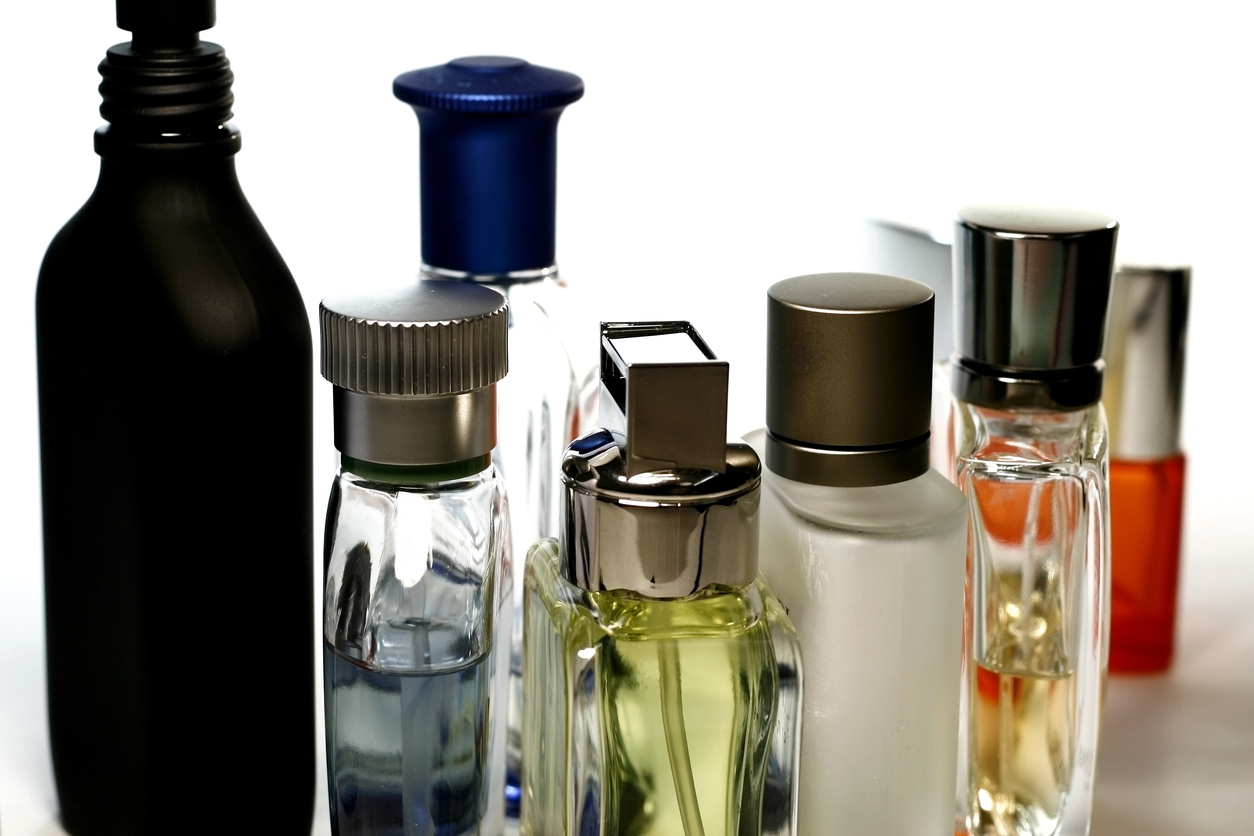I have been experimenting with after-shave. You spit out your Golden Nuggets and exclaim: “But ye’ve goat a beard, like, ken?”
Oh, I ken, I ken. But I shave my cheeks and under my chin. In such meticulous tasks a small, slightly disingenuous hint is given that here is a man who takes care of his appearance, even if he only performs them when going out to an evening class or an important meeting with his sequestrators.
Nostalgia played a small part in my decision to experiment with after-shave. I hadn’t used it since my beardless youth and decided, after accidentally inhaling several glasses of sherry, to order a vat of Old Spice from yonder internet.
Shopping for odd or embarrassing things is now easier, through both the internet and supermarkets, where you can hide the Bottom Slimming Tablets amidst your nut cutlets and bottles of bacon juice (“the new health sensation”).
Not that after-shave would be considered odd, but I’d still get the same fact pointed out to me if I went to the apothecary, as we had to do in the old days: “But ye’ve goat a beard, like, ken?”
Still, the Old Spice did take me back, as I recalled my teenage skin smarting painfully, which it would have done if I’d also applied my Mum’s moisturiser. Today, I could probably apply paint-stripper as aftershave.
It made me think of manly things, and of how our generation of boys just had to find our own way through such matters. I’ve consulted several of my contemporaries, children of the Sixties and Seventies, about this and all agree: our fathers taught us nothing.
Part of our problem, I believe, was that, certainly in the Sixties, television was still quite new among the proletariat, and our parents plonked themselves in front of it and pretty much forgot about us.
My Dad also worked shifts so, when we did see him, he was generally asleep on his armchair. Today’s dads are totally different, obsessively devoted to their offspring’s welfare, even taking an interest in what they do.
My ideal father would have plonked me down in front of the mirror and instructed me in the fine art of shaving and after-shave. “Now, this is your face, ken? And this is your razor. Here’s your foam, and here comes some pain. When it is done, we shall proceed to make it worse by applying Hi Karate, an amusingly named fragrance that comes with a punch or chop, ken?”
Old Spice was marketed as “the mark of a man” which, in our youth, might have been more accurately applied to acne, something you rarely see nowadays on the coupons of adolescents. I blame fruit and veg, which we were not allowed to eat until we were 35.
If today’s young people ate more luncheon meat and fewer apricots, their faces might be as pocked as ours were.
I think I’ll experiment with more aftershaves than Old Spice. As I understand it, the same rule applies as with body sprays: if you can smell it, you’ve put too much on. That makes it kind of pointless, but at least I’ll have made the effort, and my face will feel the faint echo of a sting from all those years ago.


